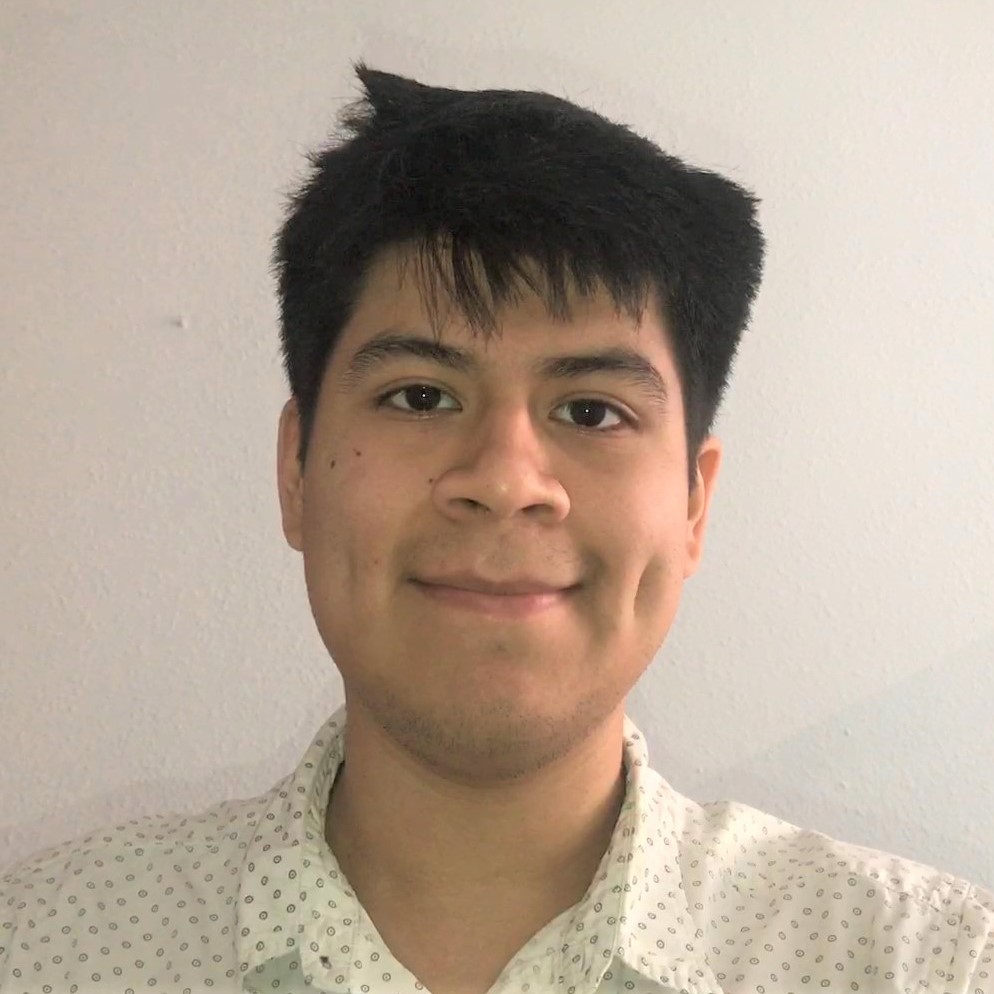Marcus Mosley was first inspired to research race in medical education in 2016 after reading a Washington Post article reporting on racism in medicine. After reading some of the published research cited by the Post, such as an article by University of Virginia doctoral candidate Kelly Hoffman and colleagues which described how medical students’ false biological racial beliefs influenced their pain medication management plans, Mosley grew concerned that race was erroneously becoming a biological construct that could impact patient health outcomes.
Along with co-authors Dr. Victoria Frye, Dr. Marlene Camacho-Rivera and Sophie Davis students, Nowshin Tasfia and Kimberly Serna, Mosley started investigating if and how pre-clinical medical education contributes to medical students holding false biological racial beliefs. In the paper “Evaluating the Presentation of the Construct of “Race” in Medical Education Using an Inter-Rater Reliability Methodology,” the team analyzed slides from a pre-medical clinical course and concluded that race was frequently presented neutrally; students could interpret the same material in a ‘social’ manner or ‘biological’ manner depending on their knowledge. When race was presented, the majority of the content was found to be ‘central’ and not ‘descriptive;’ race was vital to understanding the content, such as when discussing racial disparities.
Some of the questions that were given to medical students and residents were, “Do Blacks have thicker skin than whites? Do Blacks have longer nerve endings?” and I was astonished how, in 2016, medical education and the medical community allow these beliefs to persist.
Next, Mosley and the team studied how medical students responded to the presentation of race in their education. In a 2020-published study, “Thinking with two brains: Student perspectives on the presentation of race in pre-clinical medical education” in-depth interviews were conducted with 22 pre-clinical majority non-white medical students attending a public medical school in a major metropolitan area in the northeastern United States. The interviews explored whether participants felt uncomfortable in how race was used in their classes, if they used race as a shortcut to remember diseases, and how they would use race in their future clinical encounters.
The paper found that participants were least aware of race during lectures and felt inadequately prepared to properly use race in a patient encounter. Discussions about the reason for health disparities were also limited among participants. Meanwhile, board-style questions and problem-based learning (PBL) modules that included race-disease association, like sickle-cell disease, were easily identifiable.
Following both studies, Mosley and his team recommend that when race-disease associations are mentioned, a mechanism explaining the association should be included, or if no mechanism is currently known, that should also be stated. Otherwise, students may falsely fill in their knowledge gap and assume biological associations for diseases that may be due to social inequities or unknown causes.
Interestingly, the majority of our participants were non-white and experienced discomfort when race-disease associations were discussed in the classroom environment, in particular ones that revolve around a participant’s identity.
In 2020, Mosley was the first recipient of the Dr. James McCune Smith, MD Medical Student Award, named after the first African-American medical doctor in American history. Awardees are selected based on their dedication to addressing health disparities. In the future, Mosley is interested in critical care pediatrics and also medical education and the role it plays in forming and shaping physicians’ beliefs and thus patient care.
One of the great things about Sophie Davis/CUNY School of Medicine, combined BS/MD program, is the opportunity to work longitudinally with a faculty member to get this project off the ground and work on it for multiple years.

Edgar Llivisupa is a journalist based in New York who joined the RICC in May 2021. Currently a Journalism and Spanish major at Baruch College he has covered business, science, culture and transit, in addition to living in Spain for two years to improve his Spanish proficiency.